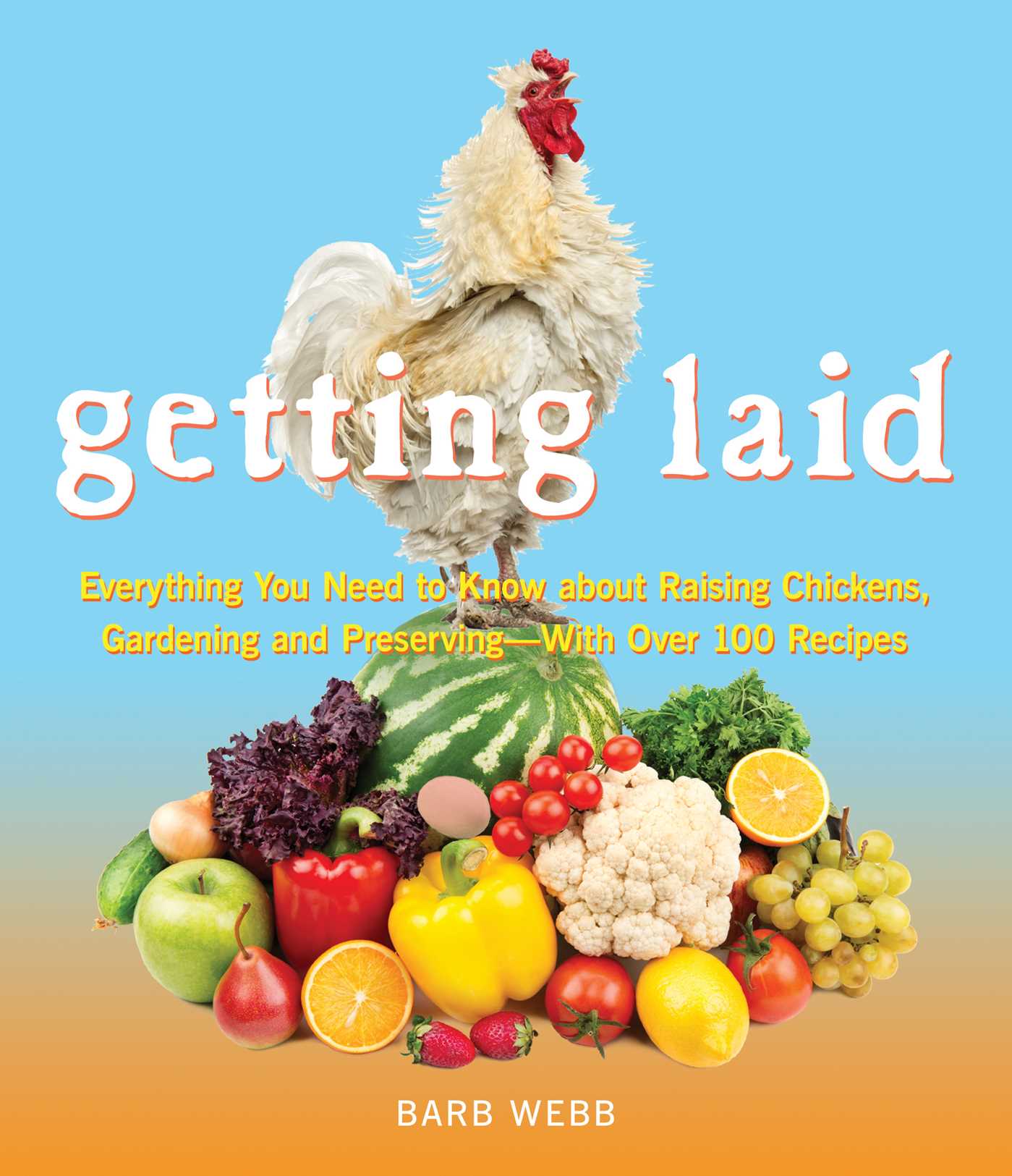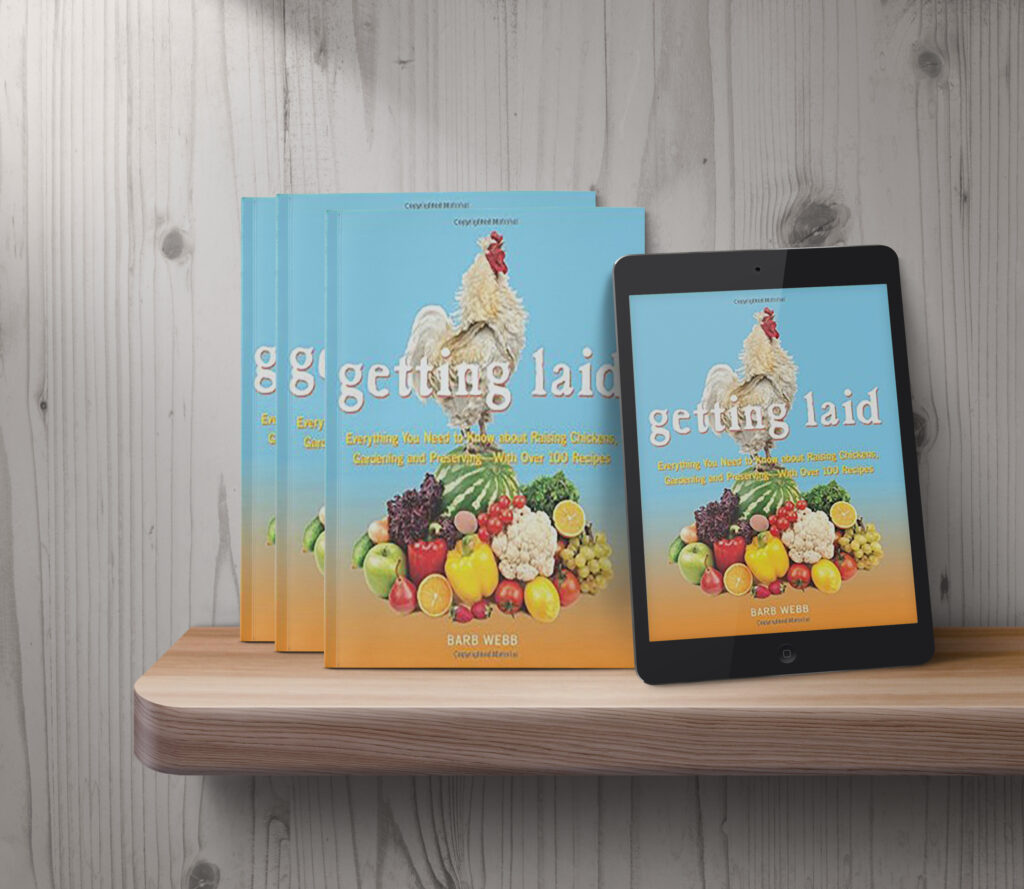Have you started a compost pile yet? Organic compost is the best soil amendment to use in your home garden. It’s rich in nutrients that soil-borne microorganisms break down to make them available to plant roots.
Finished compost is loose and crumbly, so plant roots can easily spread through it. It drains well, yet is also water retentive. Roots have the time to pull in the water plants need without becoming waterlogged. Compost can be made from the yard, garden and kitchen waste your household normally produces, keeping it out of landfills.
Plants grown in healthy soil are more insect- and disease-resistant, making your garden more productive and eliminating the need for chemical treatments. The produce from your garden can be both toxin-free and more nutritious, while lowering your gardening costs.
How Composting Works
Making compost involves mixing different kinds of organic matter and encouraging decomposition. How quickly that process occurs depends largely on the amount of effort you’re willing to expend.
Compost piles host microorganisms that transform raw organic materials into decomposed organic matter, by breaking those materials into smaller pieces and simpler, different biological compounds.
Carbon is the main ingredient that microbes need to reproduce. They also need nitrogen, phosphorus and other nutrients. When carbon and nitrogen are properly balanced, microbes breed more rapidly and organic matter gets broken down faster.
Making a Compost Pile
There’s no single formula for making compost, but there are general guidelines that can be followed for better results. The pile should be at least 3 feet wide X 3 feet high to generate sufficient heat. It should be moist, but not wet, and needs oxygen for rapid decomposition.
A gardening fork is ideal for stirring up the pile and allowing oxygen to penetrate to the bottom.
Compost Ingredients
Choose materials that are both coarse- and fine-textured. Fine-textured materials compost fast and hot, but can mat down and lower aeration, so mix them with bulky materials like stems and stalks. Grass clippings are a good example of a fine-textured material. If you intend to use the compost on food crops, however, be sure the grass is not chemically treated.
Kitchen scraps make a fine addition to a compost pile. Use peelings and produce that has gone past its prime.
Leaves are especially good because they add so many micronutrients and potassium, but they tend to be dry and will mat down if not shredded first. Just run the lawn mower over them before adding leaves to the pile. They’re low in nitrogen, so mixing them with high-nitrogen grass clippings is recommended.
Manure isn’t necessary to make good compost, but the nitrogen will feed the microbes and speed up the decomposition of high-carbon organic materials. Horse, cow and pig manure are all good, balanced additives. Chicken manure breaks down too rapidly and leaches nitrogen out too quickly.
What Not to Add
Avoid adding oily foods like avocados or olives because the oils take longer to break down. Animal products such as meat scraps, fat or dairy products – other than eggshells – will attract scavengers.
Weeds that have already set seed can cause problems once the compost is spread onto your garden beds. Hay or straw can also add undesirable seeds. You can get around this problem if you’re willing to actively manage the pile so that it gets hot enough to kill the seeds.
Do not add diseased or insect-infested plant material; dispose of these materials along with your regular household trash.
Fast Compost
To design a hot compost pile, use bales of straw or wooden pallets to make a pile 5 feet wide by 5 feet high. Start with a layer of coarse materials mixed with manure or kitchen scraps. Add a layer of fine-textured material and yard wastes, and keep alternating until you fill the space. Turn the pile every 3 to 7 days and keep it moist. Add a commercial microbial activator powder or compost tea. This will produce finished compost in as little as 5 to 8 weeks, depending on how warm the weather is and how often you turn it.
If you don’t want to go to all that trouble, make the pile smaller, adding layers of soil as you build it, and only turn it once or twice a month. This will take several months to fully decompose.
Either way, in the end you’ll have garden ‘gold’ to feed your plants so they’ll grow strong and be more productive.
Looking for more ways to enhance your sustainable lifestyle?
Be sure to check out GETTING LAID: Everything You Need To Know About Raising Chickens, Gardening, and Preserving by Barb Webb, available online and at bookstores everywhere!





